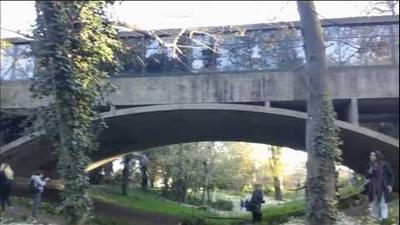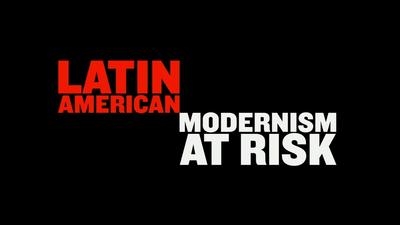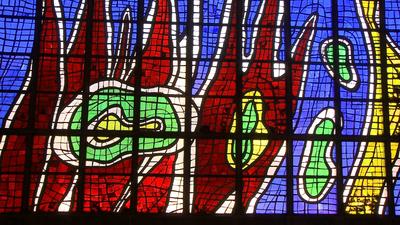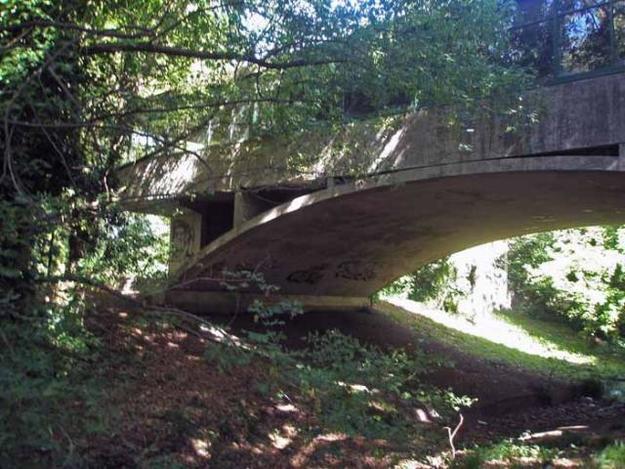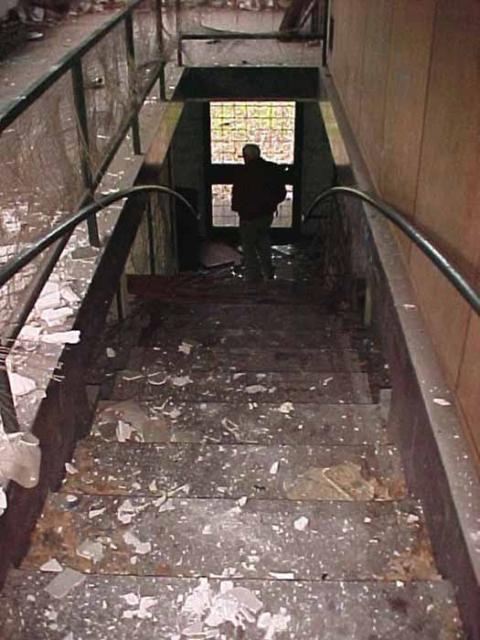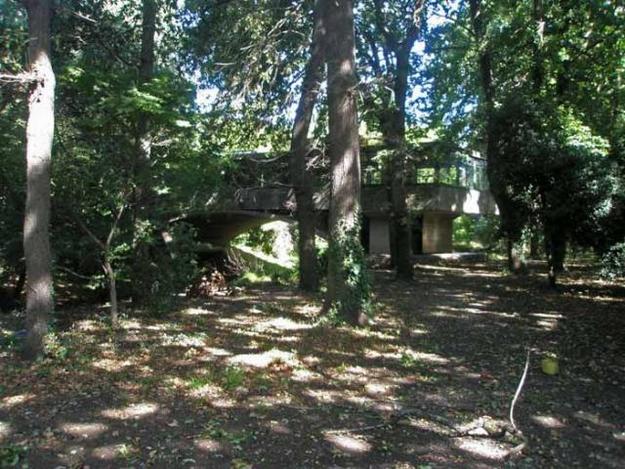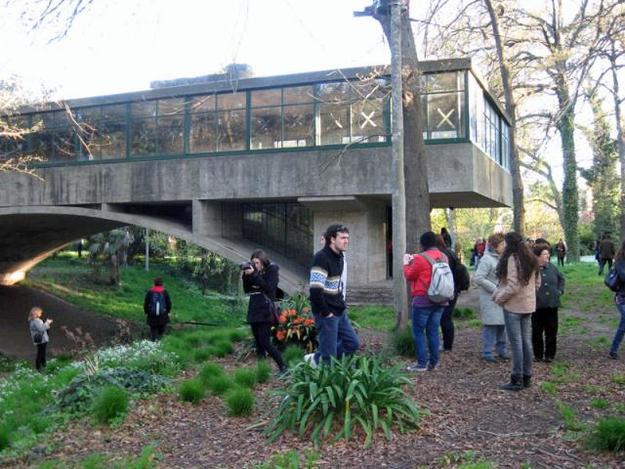Casa Sobre el Arroyo
2012 World Monuments Watch
The Casa sobre el Arroyo in Mar del Plata is one of the most celebrated works of modern architect Amancio Williams (1913–1989), and one of few built during his lifetime. Williams designed this house in the early 1940s for his father, Alberto Williams, a well-known composer and conductor. He took on this project only a few years after graduating from the University of Buenos Aires and in collaboration with his wife, Delfina Galvez.
A thin concrete arch straddling a stream supports a flat concrete slab, which contains the main level of the house. Horizontal ribbon windows wrap around all four sides of the house, which originally contained a wood-paneled interior. Williams was one of the protagonists of modernism in Latin America, and his work, including the Casa sobre el Arroyo, has exerted great influence on recent generations of architects in Argentina. After Alberto Williams’s death the house changed hands, and it was later used as the headquarters of a local radio station. An ownership dispute has led to abandonment and prolonged neglect since the early 1990s. The house was vandalized, and in 2004 a fire destroyed much of the interior. Meanwhile, a plan to expropriate the house to ensure its conservation faced many obstacles. Many concerned citizens of Mar del Plata joined the cause of preserving this modern monument in its original landscape, and sought the support of the municipality and the Province of Buenos Aires. The building was included on the 2012 World Monuments Watch.
Watch Day 2012
On September 21, 2012, a Watch Day celebration was held at Casa sobre el Arroyo, highlighting the light, form, and sounds associated with the iconic architecture of the house. Visitors enjoyed the landscape and participated in art contests, while listening to music inspired by Williams’s design.
Since the Watch
After years of uncertainty, the municipality of Mar del Plata purchased the landmark property with help from the federal government, at a cost of 12 million pesos. Transfer of ownership was completed in May 2012. In January 2013, parts of the house and the surrounding landscape were opened to the public for guided tours. At the same time, local advocates expressed fears that the context of the house would be irrevocably lost, since the surrounding landscape was still not under the ownership of the municipality. By November 2015, the first phase of work had started at the house, but soon afterwards the building was abandoned again. In response to this most recent setback, a group of architects came together to create drawings of the house that they sold to help fund the ongoing effects to help protect it.
Videos
